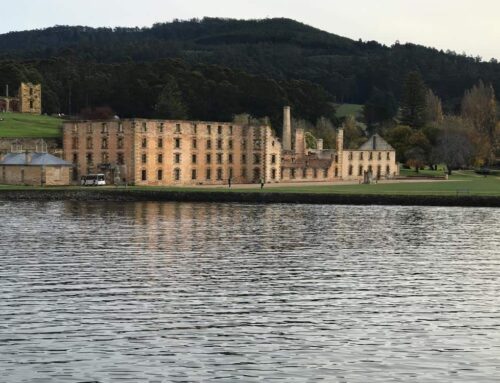1. Bruny Island
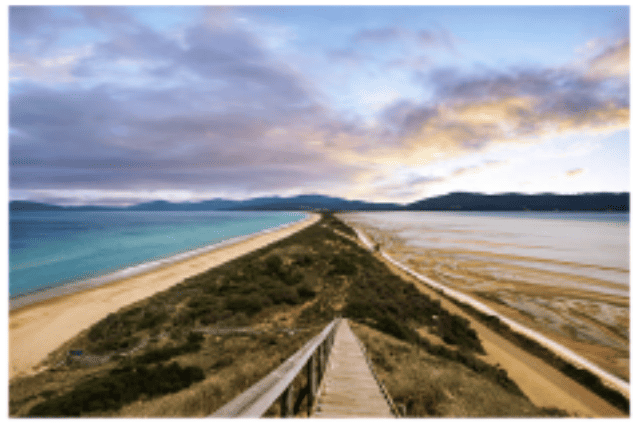
There is so much to see on this pristine island off the southern coast of Tasmania, accessible across the D’Entrecasteaux Channel by vehicle ferry. The island is surrounded by world class beaches and visitors can enjoy incredible 360 degree, panoramic views of the neck (an isthmus that connects the north and south ends of the ocean) and bays via the Neck Lookout, perched above a large dune. The Neck is also an important habitat for Bruny’s native wildlife; boardwalks have been constructed to allow visitors to view the wildlife without disturbing the natural habitat. Fairy penguin dens are in the surrounding sand dunes – they journey there at dusk to nest for the night.
2. Mount Wellington/Kunanyi
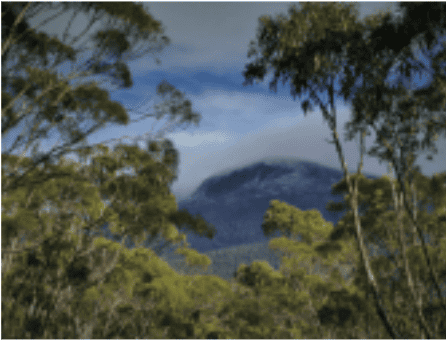
This icon is known to locals as ‘the mountain’. The area has been the traditional land of the Palawa people who had lived in the region for thousands of years before European settlement in the early 1800s. The mountain stands high above Hobart, overseeing all of the magic that happens below. It is a natural wonder that is within a short distance of the city centre – offering unique walking tracks, mountain bike tracks and waterfalls. From the pinnacle, it offers all who go there incredible views across southern Tasmania to the east coast. Sunrise or sunset are unforgettable experiences from the summit. Make sure you rug up for your trip up the mountain, as it can be very cold at particular times of the year!
3. Tasman Arch & Devils Kitchen
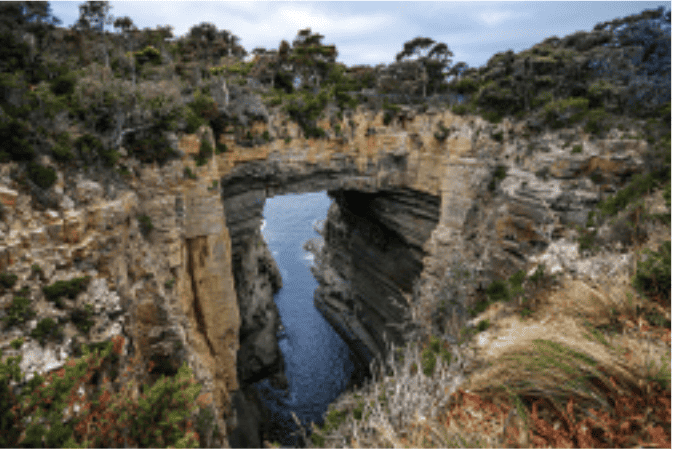
The amazing geological formations of the Tasman Arch, Blowhole, and Devils Kitchens are wonderful to witness. Crafted by nature and the wild southern ocean crashing against the towering cliffs, this trio of natural wonders are easily accessible from lookouts. When the seas are fierce, the Blowhole and its clouds of spray can be a surprising and formidable sight.
4. Russell Falls
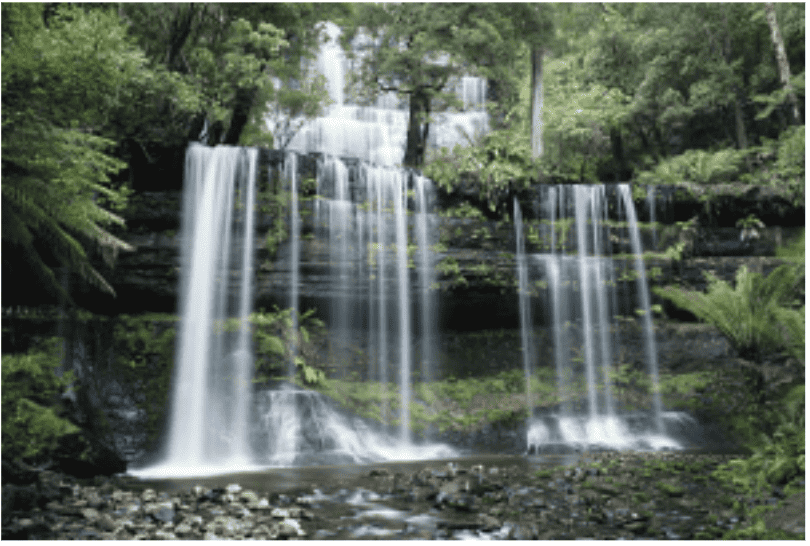
The impressive Russell Falls in the Mount Field National Park is a popular attraction for tourists and locals alike and for good reason.The falls are about a 20-minute walk in, on a safe bush track to view. There is a round trip walk of approximately 1 hour to enjoy the unique bush, towering swamp gums, the tallest flowering plant on earth and species typi cal of wet forests and cool temperate rainforests. Russell Falls are superbly picturesque to say the least.
5. Tessellated Pavement
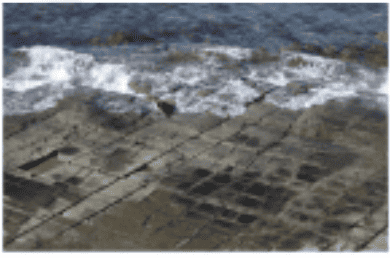
Upon visiting the Tessellated Pavement, you’d be fooled into thinking it was man-made. However, the natural phenomenon is caused by a movement in the earth, causing fractures. The saltwater then sits in these fractions and, over thousands of years, erodes the rock away. The pavement takes two forms: the’ loaf’- like block formations rising from the rock and the pan formation. The pan effect occurs when saltwater wears away the rock forming little depressions or pools in the rocks. The loaf effect occurs when the edges of the rock have worn away creating what looks like a loaf of bread.
The Tessellated Pavement is particularly impressive at sunrise when the colourful skies light up the small pools in the rocks.
6. Southern Lights (and amazing rainbows)
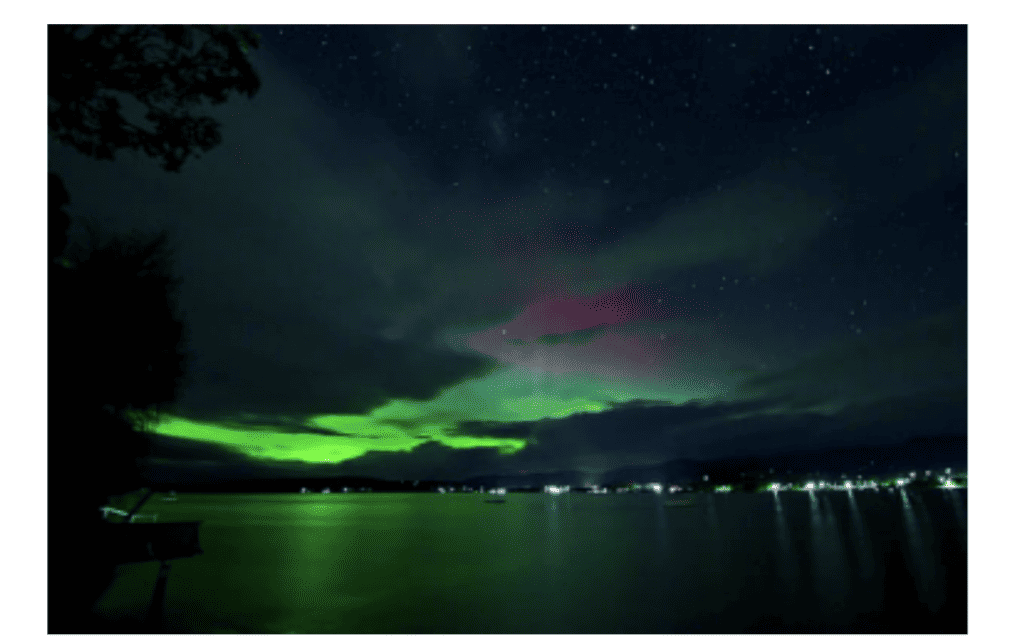
This southern lights have been fascinating humans for centuries, it is one of the most spectacular natural phenomena to witness. While Auroras can appear at any time, Tas mania’s southerly location and minimal light pollution provides the best opportunity to spot the lights dancing across the sky. You could try your luck by looking south on a clear night and locate yourself away from the city lights. There is also a community Facebook page that provides updates on Aurora activity and when there is likely to be some Aurora action.
As an absolutely added extra, Tassie also has a rainbow connection! Fleeting and vibrant, rainbows regularly colour Tasmanian skies. The island has the magic rainbow recipe of clear skies, favourable cloud patterns, low-hanging sun and perfect latitudinal position. As an extra party trick, we don’t just do standard rainbows; we do double and triple rainbows.
7. 40 degrees south air – breathe in deep!
When you are visiting the island, pause. Take a breath. If the air feels fresh, it’s no trick of the imagination. The air that blows across Tasmania’s north-west tip has been analysed by scientists at the Cape Grim Baseline Air Pollution Station for more than 40 years and is regarded as the cleanest, not just in Australia but in the world! It is no wonder that it is sus taining rainforests, mountains and farms that yield produce every bit as fresh as that air. Now take another breath!


